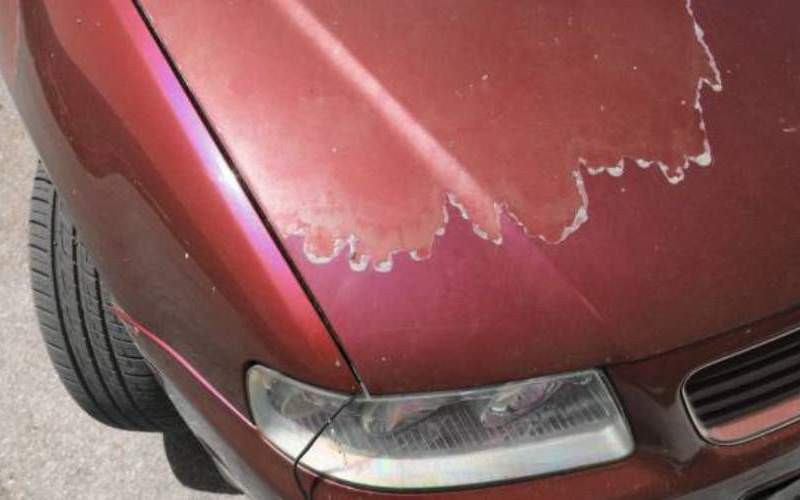×
The Standard e-Paper
Fearless, Trusted News

Ultraviolet rays are the primary cause of faded car paint. [iStockphoto]
In the realm of automotive aesthetics, few things are as disheartening as watching the once-vibrant paint on a cherished vehicle gradually lose its shine and succumb to an inevitable fate- fading.